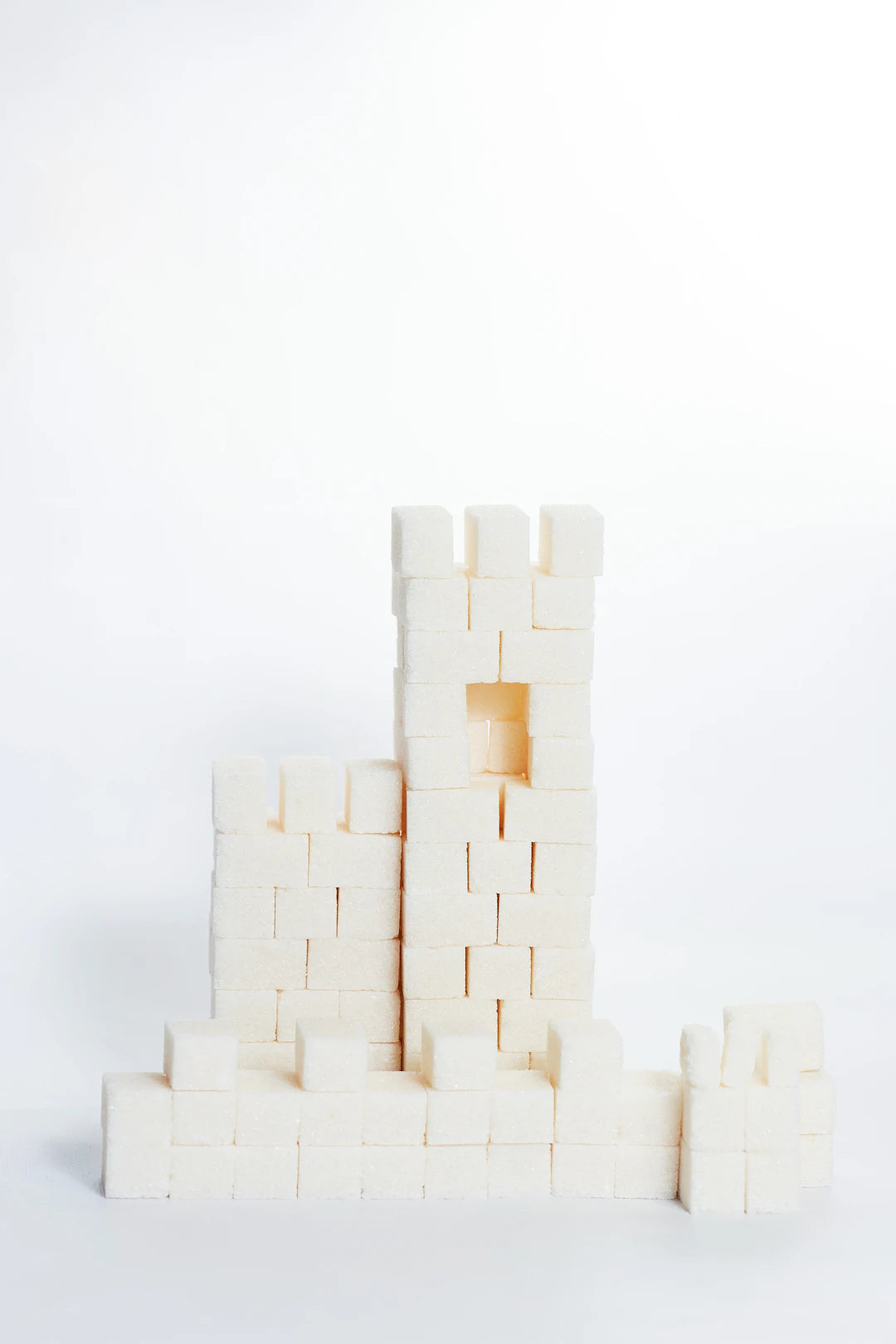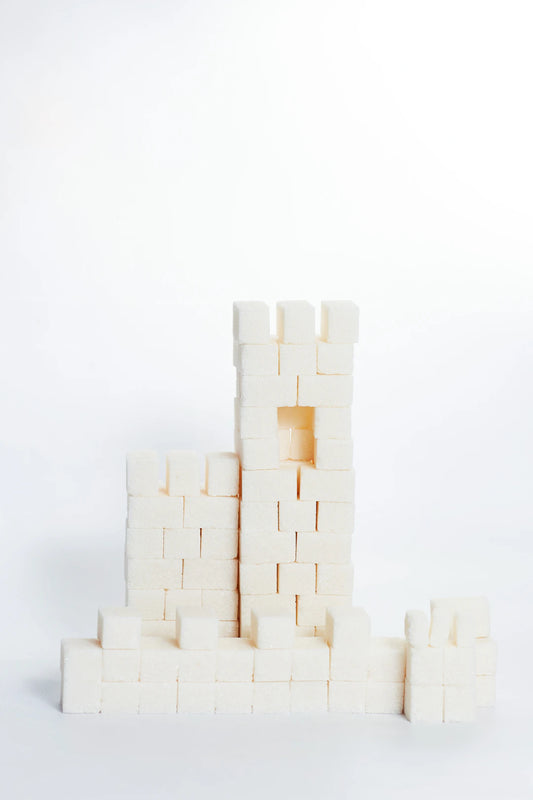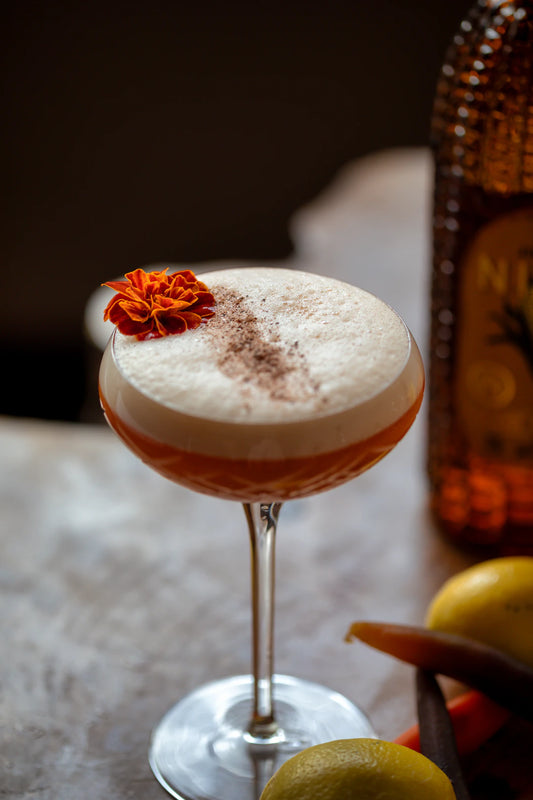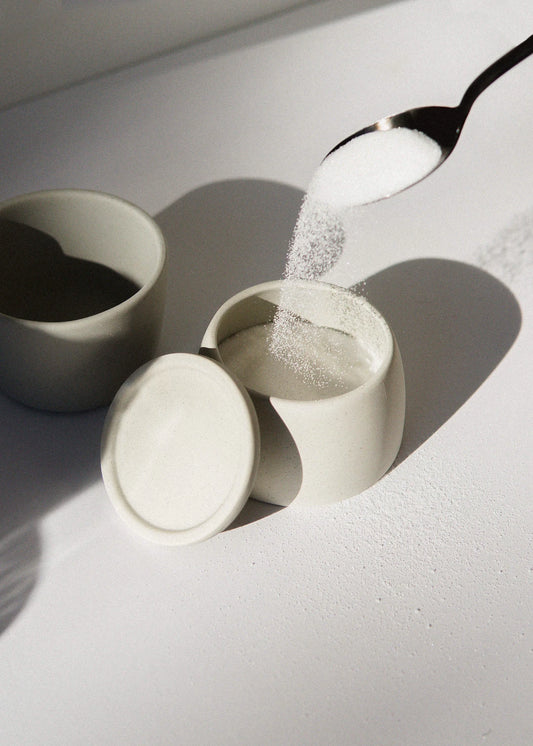
Discovering Global Sugar Cube Delights
Share
Overview
Sugar cubes are more than just sweeteners; they reflect cultural traditions and unique flavors worldwide. This blog explores their history, variations, serving styles, and the role they play in social interactions. It also offers tips on choosing and crafting your own sugar cubes, highlighting modern innovations and global trends in sugar cube usage.
Frequently Asked Questions
1. What is the history of sugar cubes?
2. How do sugar cubes vary across different cultures?
3. Why are sugar cubes considered more than just sweeteners?
4. How can I choose the right sugar cubes for my taste?
5. Can I make my own sugar cubes?
Sugar cubes are not just simple sweeteners; they encapsulate cultural traditions and unique flavors from around the world. This blog post delves into the intriguing international variations of sugar cubes, showcasing how different cultures have put their own spin on this classic sweetener. So, brewed up a cup of tea or coffee, and let’s explore the fascinating world of sugar cubes!
The History of Sugar Cubes
Sugar cubes have a rich history that dates back to the early 19th century when sugar was a coveted commodity. The first sugar cube was invented in Switzerland in 1843 by a lab worker named Jakub Kauffmann, who wanted to make sugar easier to use. This innovation soon gained popularity across Europe and later the globe.
Early Days of Sugar Cubes
The initial forms of sugar were messy and inconvenient. The creation of sugar cubes revolutionized how sugar was served, especially in social settings where tea and coffee are enjoyed. They not only added convenience but also a touch of sophistication to dining experiences.
Global Expansion
As trade routes expanded and cultures intertwined, sugar cubes began to manifest differently across regions. Each culture incorporated its own traditions and flavors, leading to distinct variations that we still enjoy today.
Exploring Sugar Cube Variations Around the World
Europe: Classic and Flavorful
In Europe, sugar cubes are typically white, though you also find brown variants. In France, cubes are often placed in sugar bowls adorned with elegant designs. The French take the experience a step further by pairing sugar cubes with flavored syrups, bringing a delightful twist to their café au lait.
Asia: Exotic Infusions
In Asian countries, sugar cubes are often infused with unique flavors. For instance, in Japan, you'll find sugar cubes combined with matcha or sakura (cherry blossom) essence, adding both sweetness and a hint of floral fragrance to beverages.
South America: Sweet and Wholesome
Moving to South America, especially in Brazil, sugar cubes are often made from raw cane sugar. This gives them a more robust flavor compared to their refined counterparts. Cafés might serve these alongside traditional desserts, enhancing the overall taste experience.
Middle East: Unique Shape and Flavor
The Middle East offers sugar cubes in various shapes, often decorative and colorful. Sugar cubes are sometimes flavored with cardamom or rosewater and are commonly served alongside traditional drinks such as Turkish coffee. This practice adds an aromatic element to the experience of enjoying beverages.
The Art of Serving Sugar Cubes
How sugar cubes are served can vary dramatically from one region to another. In many European cafés, alongside a cup of espresso, a sugar cube is served on a small dish with a silver tongs. In contrast, in Japan, they might come displayed in intricately designed boxes, reflecting the cultural significance of both presentation and taste.
The Role of Sugar Cubes in Social Interactions
In many cultures, the act of serving sugar cubes is a means of hospitality. For instance, in India, tea with sugar is a staple, and offering sugar cubes during social gatherings is a way to bond and build community.
Modern-Day Innovations
Today, an increasing number of artisan sugar producers are experimenting with sugar cube forms, crafting not only different shapes but also bespoke flavors to complement various drinks. These innovations are influencing global trends and aesthetics, especially within the culinary scene.
Why Sugar Cubes Are More Than Just Sweeteners
Sugar cubes carry with them stories, traditions, and experiences. They represent connections across generations, with each cup of tea or coffee serving as a reminder of the community and culture behind the flavors. Here’s why sugar cubes deserve a special place in your kitchen:
- Versatility: Sugar cubes can be used in a wide variety of drinks, adding an element of style to casual dining or formal gatherings.
- Customizability: The limitless flavor options available allow for personalization, making drinks truly special.
- Easy to Use: The uniformity of sugar cubes makes measuring and usage simple and mess-free.
A Sweet Experience
The experience of consuming sugar cubes extends beyond flavor — it’s about the atmosphere and warmth they create. Sugar cubes are often integral to elaborate tea ceremonies, which focus on mindfulness and appreciation of the moment. Their versatility means they can pair beautifully with savory foods as well, enhancing flavors through sweet contrast.
How to Choose the Right Sugar Cubes for You
Finding the right sugar cubes can be an exciting journey. Here are some tips to help you select the perfect sugar cubes to match your taste:
- Flavor Profiles: Decide if you like classic flavors or are open to something more adventurous like rose or spice-infused options.
- Quality: Look for organic or artisanal brands that offer pure, high-quality ingredients.
- Origin: Different regions produce sugar cubes with distinct flavors. Explore options from diverse locales to find your favorite.
Crafting Your Own Sugar Cubes
If you're feeling crafty, making your own sugar cubes can be a rewarding experience. It allows you to infuse your own flavors and get creative with shapes. Here’s a simple guide to get you started:
Ingredients:
- Granulated sugar
- A few drops of your favorite flavoring (vanilla, citrus zest, or spices)
- Water (just enough to moisten sugar)
Instructions:
- In a bowl, mix sugar with a few drops of flavoring and just enough water to dampen it slightly. The mixture should hold together when squeezed.
- Press the mixture firmly into molds or onto a tray. Let it dry for a few hours or overnight.
- Once dry, break them into sugar cubes or remove from molds and store in an airtight container.
Global Sugar Cube Trends
As the world becomes more connected, the globalization of flavors continues to evolve trends surrounding sugar cubes. Food enthusiasts and chefs alike are now experimenting with sugar cube designs and flavors to mesh traditional practices with modern palettes.
Social Media and Food Trends
Social media has played a pivotal role in promoting unique sugar cube creations, making them a desirable must-try in various cafés. People share their experiences with beautifully designed sugar cubes, driving the appeal for innovative flavors and presentations.
Health Consciousness
There is a growing trend towards healthier alternatives, and sugar cubes are no exception. Many brands now offer alternatives like coconut sugar or stevia-infused cubes, making it easier for health-conscious consumers to enjoy their beverages without compromising on flavor.
Wrapping It Up: A Sweet Journey Awaits
The world of sugar cubes is as diverse as it is sweet. By exploring international variations, you not only learn about different cultures but can also elevate your own gastronomic experiences. Whether used in traditional practices or in contemporary beverages, sugar cubes continue to foster connections, convey hospitality, and add a touch of elegance to our daily lives. So why not try something new? Dive into the delightful world of sugar cubes, and who knows? You might discover your new favorite way to savor your next cup of coffee or tea!



